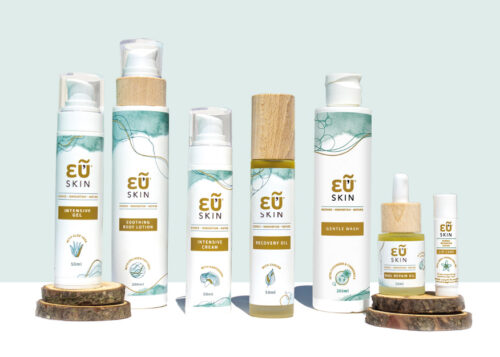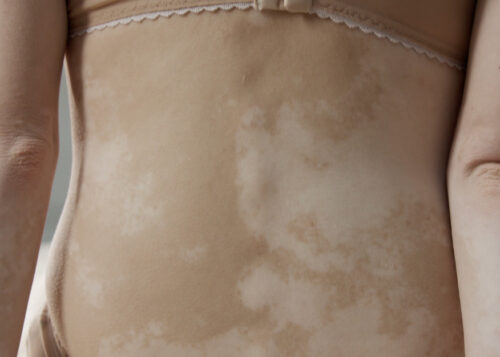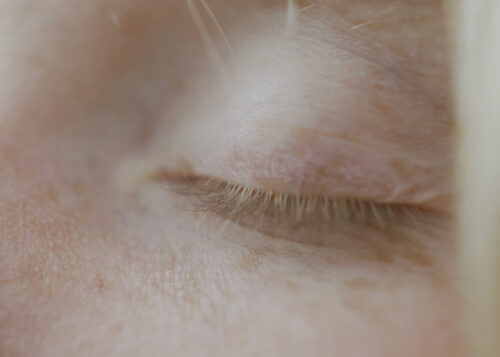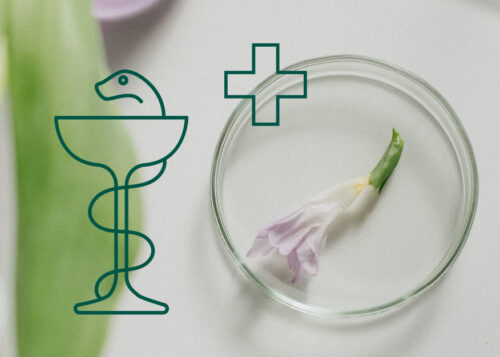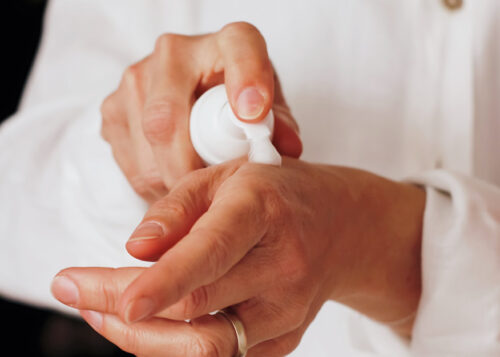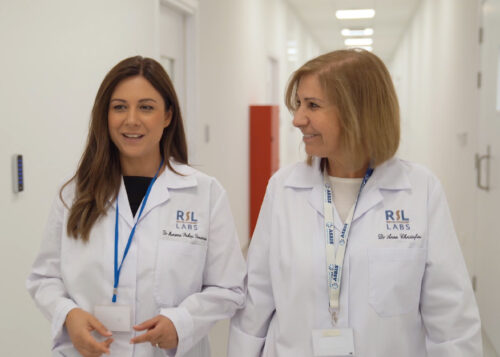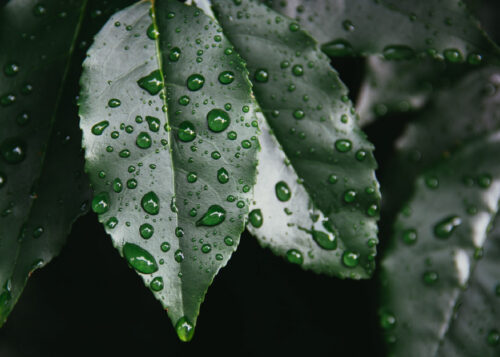SOOTHING BODY LOTION
The εὖSKIN® Soothing Body Lotion is rich with its ingredients of Aloe Vera, Gynura and Collagen to present anti-inflammatory1, antimicrobial2 and antioxidant3 properties with its application. Specifically designed for sensitive and damaged skin, and leaves behind a nourishing layer of moisture that helps maintain a healthy looking, radiant skin.
Collagen peptides have been previously demonstrated to promote healing in wound skin models and clinical studies4-6.
Balsam oil has been utilized for the treatment of wounds and burns both orally and topically, likely due to its antioxidant, antimicrobial, and anti-inflammatory properties7. Moreover, the application of the extract on caesarean sections resulted in faster healing and epithelial reconstruction8.
Hyaluronic acid has been recognized for its role in wound healing, which includes the ability to reduce inflammation, regulate tissue remodelling, and promote angiogenesis9. It also plays a crucial part in preserving the skin’s hydration levels by its distinctive capacity to attach and hold onto water molecules10.
APPLICABLE SKIN CONDITIONS
- Acquired ichthyosis
- Atopic dermatitis
- Dry skin
- Irritative dermatitis
- Pruritus
- Radiation dermatitis
- Skin ulcers
- Skin atrophy
- Skin wounds
- Urticaria rash
- Wound healing complications
- Xerosis
DIRECTIONS FOR USE
Apply on clean skin twice a day or as necessary.
Ideally, apply the product following a shower using lukewarm water while the skin is still slightly damp and utilizing gentle strokes.
Soothes dry, itchy, and stressed skin.
![]()
![]()
![]()
FULL LIST OF INGREDIENTS
Aqua, Aloe Barbadensis (Aloe vera) leaf extract, Prunus Dulcis (Almond) Oil, Cetearyl Olivate, Sorbitan Olivate, Panthenol, Cannabis Sativa (Hemp) seed oil, Cetearyl Alcohol, Glycerol, Cera Alba (Beeswax), Ganoderma Lucidum Extract, Hypericum perforatum (Balsam) extract, Vitis Vinifera (Grape) Seed oil, Cucumis sativus (Cucumber) fruit extract, Gynura Procumbens leaf extract, Hydrolyzed Collagen, Sodium Hyaluronate (Hyaluronic acid), Tocopherol, Helianthus annuus (Sunflower) seed Oil, Lavandula Officinalis oil, Salicylic Acid, Potassium Sorbate, Linalool, Coumarin.
Please always check the ingredient list on the product label once purchased, as it may be subject to change.
REFERENCES
- Rao, S. (2017). ‘An Aloe Vera-Based cosmeceutical cream delays and mitigates ionizing radiation-induced dermatitis in head and neck cancer patients undergoing curative radiotherapy: A clinical study’, Medicines, 4, 44.
- Habeeb, F.(2007). ‘Screening meethods used to determine the anti-microbial properties of aloe vera inner gel’. Methods, 42(4), 315-320.
- Rosidah, Y. M. et al. (2008). ‘Antioxidant potential of Gynura procumbens’, Pharmaceutical Biology, 46(9), 616–625.
- Baldursson B.T.,et al. (2015). ‘Healing rate and autoimmune safety of full-thickness wounds treated with fish skin acellular dermal matrix versus porcine small-intestine submucosa: A noninferiority study’, Int. J. Low. Extrem. Wounds, 14, 37–43.
- Badois N., et al. (2019). ‘Acellular fish skin matrix on thin-skin graft donor sites: A preliminary study’, J. Wound Care, 28, 624–628.
- Woodrow T., et al. (2019). ‘Treatment of diabetic foot wounds with acellular fish skin graft rich in omega-3: A prospective evaluation’, J. Wound Care, 28, 76–80.
- Wölfle, U., et al. (2014). Topical application of St. John’s wort (Hypericum perforatum). Planta medica, 80(2-3), 109–120.
- Lavagna, S. M., et al. (2001). ‘Efficacy of Hypericum and Calendula oils in the epithelial reconstruction of surgical wounds in childbirth with caesarean section’, Farmaco (Societa chimica italiana : 1989), 56(5-7), 451–453.
- Cortes, H., et al. (2020). ‘Hyaluronic acid in wound dressings.’ Cellular and molecular biology, 66(4), 191–198.
- Papakonstantinou, E., et al. (2012). ‘Hyaluronic acid: A key molecule in skin aging.’ Dermato-endocrinology, 4(3), 253–258.

